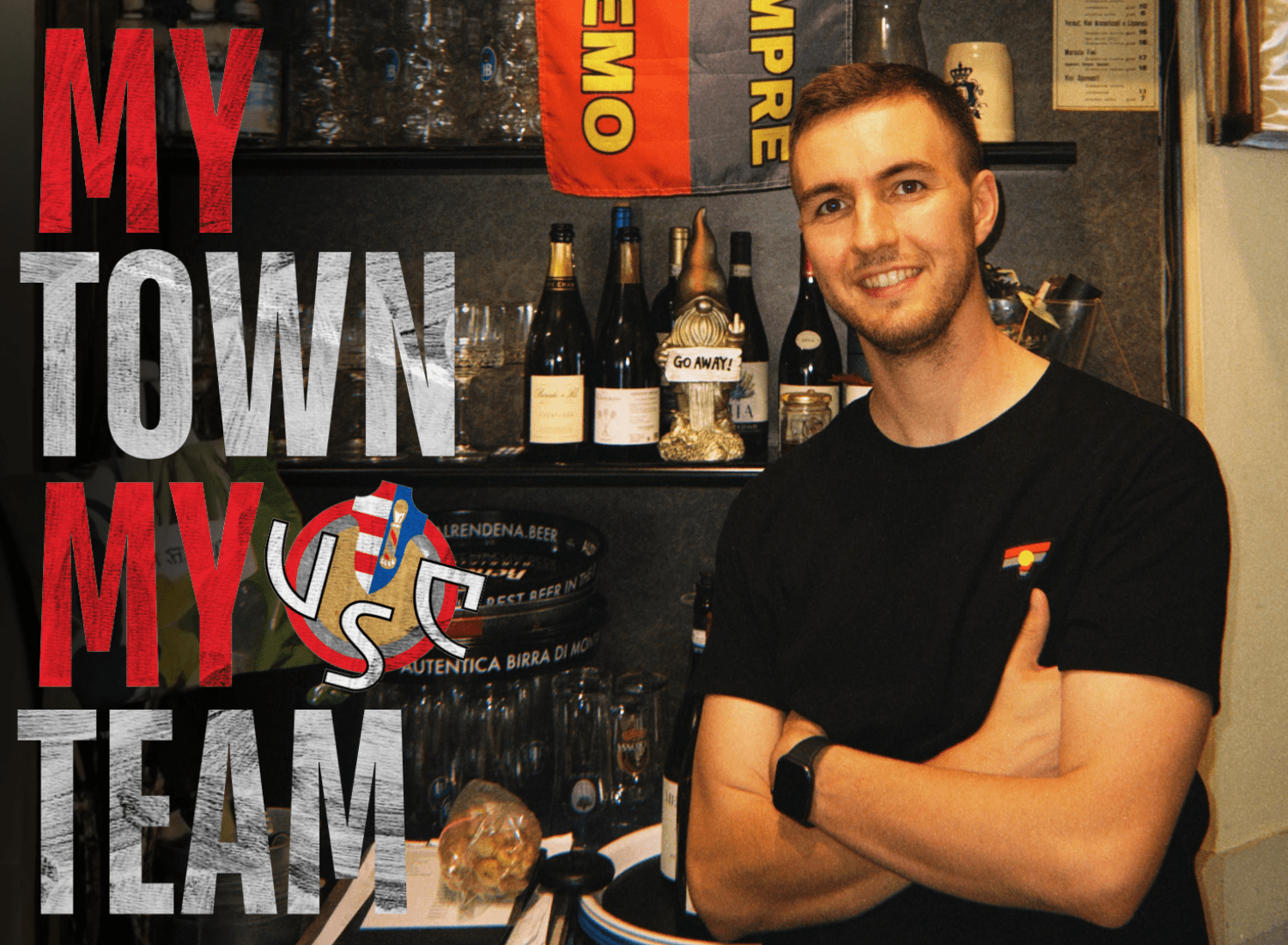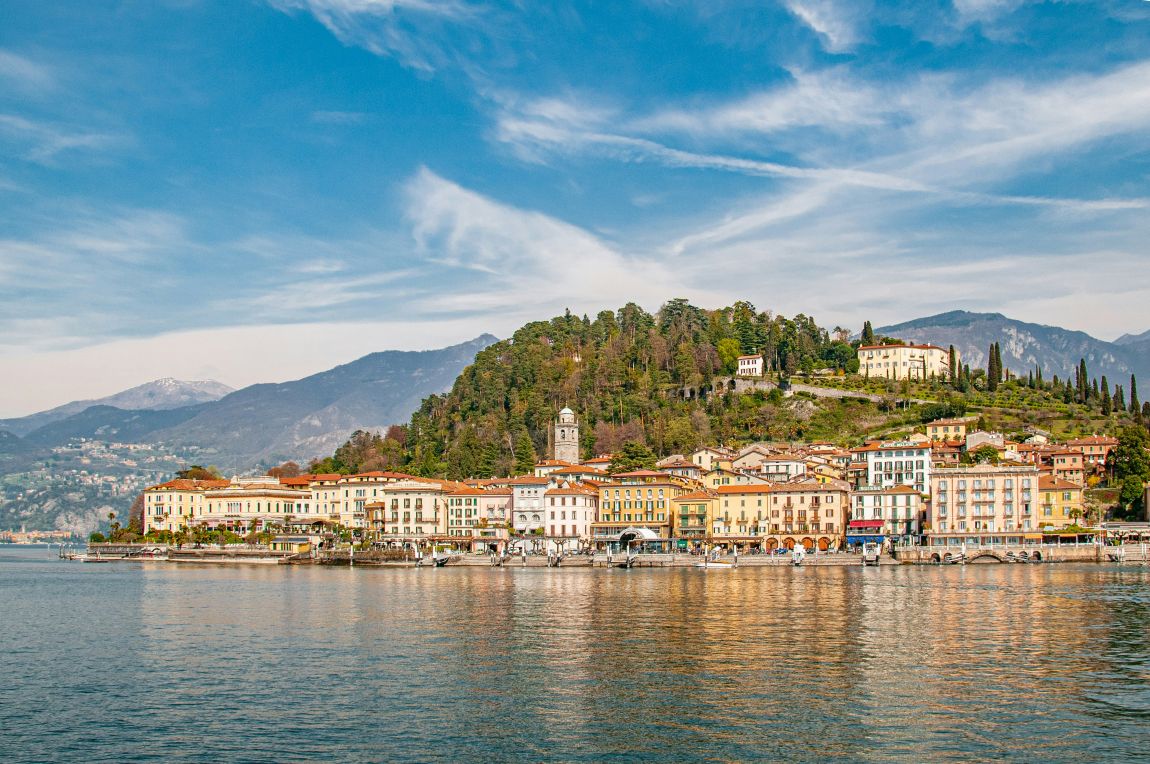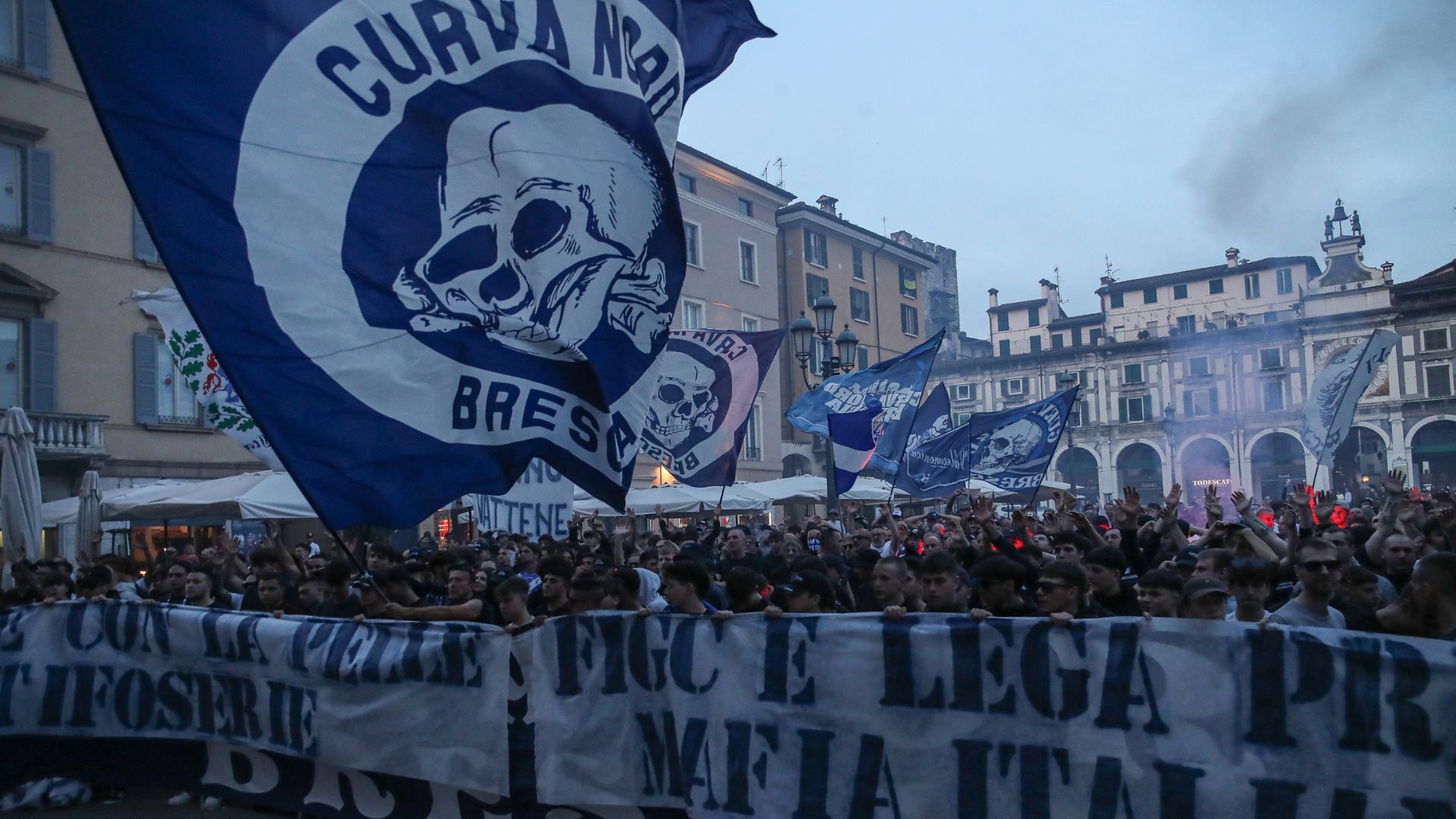
From Baggio and Guardiola to Relegation and Oblivion… Brescia’s Demise After 114 Years is a Warning for Calcio
By Dan Cancian
Twenty-one years ago last month, Roberto Baggio played his final game.
The picture of the Divine Ponytail readying to take a corner against the backdrop of a sold-out San Siro has become iconic.
The No 10 on his back, his long hair greying and his trademark blue, yellow and red captain’s armband, Baggio cuts a typically nonchalant figure as he stands by the corner flag.
One of the football’s great artists surveying the scene at one of its most revered theatres.
It was a ‘hang it in the Louvre’ moment, long before the phrase made its way into our collective vocabulary.
And yet, to the casual observer, the kit Baggio is wearing may not be instantly recognisable. He is not donning the black and white of Juventus, nor the colours of a Milanese giant.
He is instead wearing the blue and white of Brescia, a club which, as of Friday night, no longer exists after failing to meet the requirements to take part in Serie C next season.
To some, this feels a deliberate move from owner Massimo Cellino, who would have had to pay around €3million (£2.5m) to register the club ahead of the 2025-26 season.
This included a month’s salaries, a month’s worth of social security contributions, and two months of income tax totaling almost €2.5m. Additionally, he would have had to pay approximately €400,000 as the first installment of the payment plan – agreed upon but not yet signed – for €2.4m in arrears with Italy’s tax authorities.
But as the payment deadline came and went, it soon became apparent Cellino had no intention of meeting it.
It is less than a month since the Rondinelle secured their Serie B status for another season after finishing the season in 15th place with 43 points.
Two weeks later they were relegated to Serie C after a points deduction having been found guilty of financial irregularities by the Federal National Tribunal of the FIGC, the Italian FA.
Covisoc – Italian football’s supervisory body – began an investigation following the conclusion of the Serie B season over an irregularity in their payment of salaries and tax contributions in February and April.
As a result of the probe, last month Brescia were hit with an eight-point penalty, four of which were deducted from this season’s tally and four of which were to be deducted next term.
Brescia’s points deduction meant Frosinone were now safe, while Salernitana and Sampdoria would meet in the relegation play-out.
The Biancazzurri had planned to appeal the decision, a decision which has since been reversed after the club defaulted.
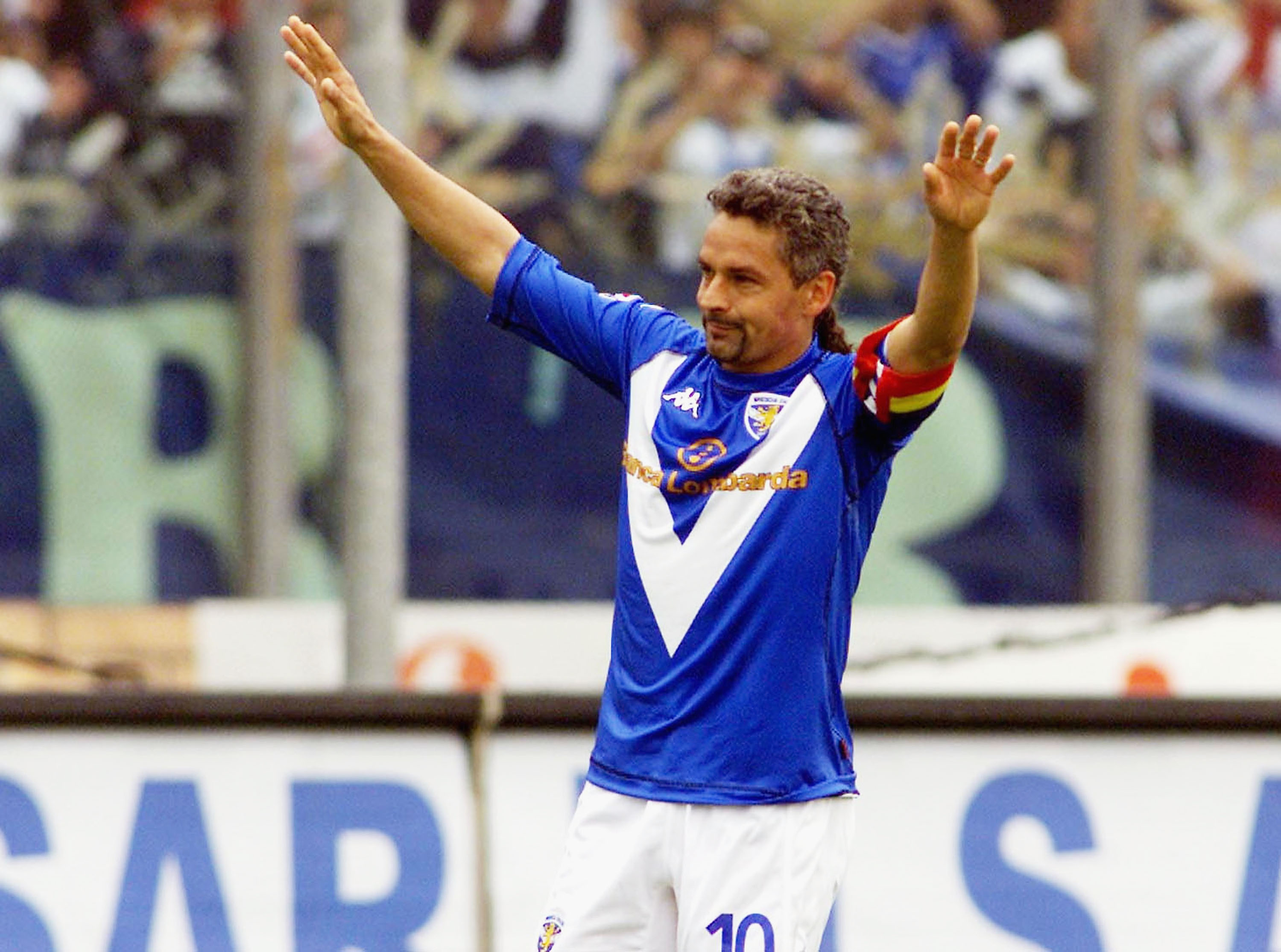
Since arriving in Brescia eight years ago, Cellino has long been persona non grata with fans growing tired of broken promises and a perceived lack of ambition. The ante was upped this season, with Cellino repeatedly coming under fire.
In November, Brescia ultras broke into the Stadio Mario Rigamonti and spray-painted graffiti on the walls, expressing their fury with the owner.
The parallels with Cellino’s tumultuous spell at Leeds United are all too obvious. His three-year tenure at Elland Road was marred by legal disputes, tax evasion charges and an 18-month ban from English football for breaching player-agent regulations.
Cellino, who was in the process of selling the club before Covisoc’s verdict, has long maintained Brescia is a nigh-on impossible environment for an owner. As he suggested, not without merit, the club was hardly an attractive proposition before he took over.
Brescia is Italy’s richest province, but financial interest from local businessmen has always been tepid to say the least.
Luigi Corioni, of course, was the notable exception. A bathroom furniture magnate, Corioni took local club Ospitaletto from non-league football all the way to Serie C1, at the time Italian football’s third tier.
Having developed a taste for calcio, he became president of Bologna in 1985 and within three years he had restored the Rossoblu to Serie A.
By 1990, Corioni was Brescia’s majority shareholder and barely 12 months later he took over from Claudio Cremonesi with bold plans for his hometown club.
With Romanian legend Mircea Lucescu appointed as technical director, the Rondinelle stormed to the Serie B title courtesy of Maurizio Ganz’s 19 goals.
Their Serie A sojourn, however, was short-lived with Brescia relegated at the end of their first campaign back in the top flight after losing the relegation play-off against Udinese.
But Lucescu stuck around as, remarkably, did his compatriot Gheorge Hagi, who had joined from Real Madrid.
If Brescia signing one of the best players of his generation was jaw-dropping, the sight of the Maradona of the Carpathians slugging it out in Serie B still defies belief to this day. Hagi inspired Brescia back to Serie A and to glory in the now-defunct Anglo-Italian Cup before returning to Spain with Barcelona.
Predictably, without their Romanian talisman, they were again relegated at the first time of asking.
By the turn of the century, exasperated by his club’s yo-yo nature – Brescia had been promoted twice and relegated once over the previous four seasons – Corioni turned to Carlo Mazzone.
The two had worked together in Bologna 16 years earlier and the Brescia supremo saw in the Roman the man to turn them from bottom-dwellers into a respectable mid-table outfit.
He was to be proved spectacularly right.
“As a Brescia executive, I’ve seen many coaches in my lifetime, but on the bench, no one was as good as Mazzone tactically, at changing games in progress by making the right substitutions,” Corioni’s son, Fabio, recalled in 2023.
“He had become ultra-modern: he played with a high defensive line, with zonal marking, he had adapted to the times. This was one of the factors that pushed my father to want to bring him to Brescia. He always used to say, ‘In Bologna, he was an old-fashioned coach, but now look how his teams play’.”
If Mazzone’s tactics had moved with the times, his man-management remained excellent. Two weeks before the start of his first season in charge, he made a phone call that would change the club’s history. At the other end of the line, Baggio answered.
“Hello Roberto, it’s Mazzone,” the former Roma manager said. “I’ve read in the newspaper that you are going to Reggina. Why don’t you come to Brescia and stay closer to your home?”
Baggio, who had left Inter Milan following a very public spat with Marcello Lippi, agreed. He would stay at Brescia for four seasons, scoring 46 goals in 101 games.
But despite his arrival Brescia started slowly, picking up just three points in the first seven games.
An already difficult season turned into a nightmare when Baggio, who had underwhelmed in his first season at the Rigamonti, injured his knee just before Christmas.
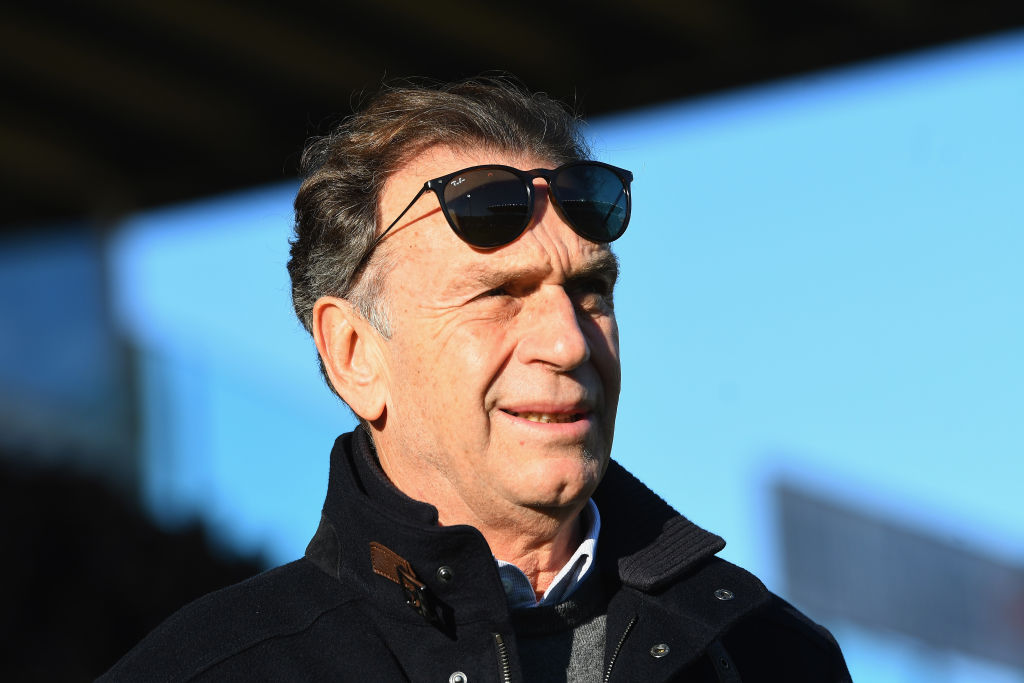
By the time he returned to action in February, Mazzone had signed one of his former Inter team-mates on loan. The promising, floppy-haired midfielder went by the name of Andrea Pirlo.
Brescia born and bred, the chance of playing for his hometown club appealed to Pirlo. Mazzone’s plan to turn him from a No 10 into a deep-lying playmaker following Baggio’s return, however, did not.
But, as Corioni’s son noted, the Brescia manager was ahead of his time.
“You are like someone who has perfect vision, but wants to cover their eyes,” Mazzone told Pirlo, who worried playing deeper would hurt his chances of scoring. “You must direct the play, and not play with your back to goal like an attacker.”
And direct the play Pirlo did. Most famously when he provided a sumptuous assist for Baggio to score that goal against Juventus.
Baggio and Pirlo spent only six months together before Inter sold the latter to AC Milan in the summer of 2001 and Brescia replaced him with Pep Guardiola. Typically forthright, Mazzone wasted no time in reminding the Spaniard he was not one of his signings, but one of Corioni’s.
But the Brescia manager soon rowed back on his words. “He’s a phenomenon,” he once said of Guardiola. “He sees things before anyone else, he’s two steps ahead of any other player.”
Like Pirlo’s, Guardiola’s stay in Brescia was brief, he was gone after one season.
By then Mazzone had steered them to eighth in his first campaign in charge, followed by a 13th-place finish in his second season when they also lost the Intertoto Cup final to Paris Saint-Germain.
Quarter-finalists in the Coppa Italia in Mazzone’s debut season, Brescia went a step better the following year before losing to eventual winners Parma in the semis.
Baggio was nominated for the Ballon d’Or. At 34, he was the oldest player shortlisted and he thanked Mazzone for his renaissance.
“He was the manager I had always dreamed of,” he wrote in his autobiography. “Mazzone was sincere, far away from hypocrisy and the fascination with authoritarian power.
“He let me rediscover the joy of playing, of dribbling, to try the spectacular. My only regret is that I didn’t meet him earlier in my career.”
Baggio was not only Brescia’s talisman, he was also the perfect foil for Dario Hubner, Luca Toni and Andrea Caracciolo.
Along with 1982 World Cup winner Alessandro Altobelli, they are arguably the greatest strikers to have donned the blue and white.
Hubner scored 75 goals in 129 appearances in five seasons, 17 of them coming in the only campaign he spent alongside Baggio.
Toni, his replacement, arrived in Brescia after impressing with Treviso and Vicenza and scored 13 goals in Serie A in his first season.
Caracciolo, meanwhile, netted 12 the following term and would retire as the club’s all-time top scorer with 179 goals in 418 appearances – the second-most in Brescia history – across three spells at the Rigamonti.
Yet there was more to Brescia than Baggio, Pirlo, Guardiola, Hubner and Toni. In three seasons under Mazzone, the Rondinelle recruited shrewdly to assemble some excellent teams.
The likes of Jonathan Bachini, Federico Giunti, Daniele Bonera, Matuzalem, Stephen Appiah and Igli Tare were all key players as were the Filippini brothers. The same goes for Pavel Srnicek and Vittorio Mero,
Later, the likes of Luigi Di Biagio and Davide Possanzini had distinguished spells at the Rigamonti.
Brescia were ninth in Mazzone’s third and final season, before finishing 11th the following year, Baggio’s final campaign.
The dream was over and the Biancazzurri returned to Serie B a year later, spending four seasons in the second tier before winning promotion back to the top flight in 2010. It was a familiarly brief stint in Serie A, with relegation following 12 months later.
Corioni eventually sold the club in February 2015, with Brescia relegated to Serie C just months later. Ironically, they were restored to the second tier after Parma filed for bankruptcy.
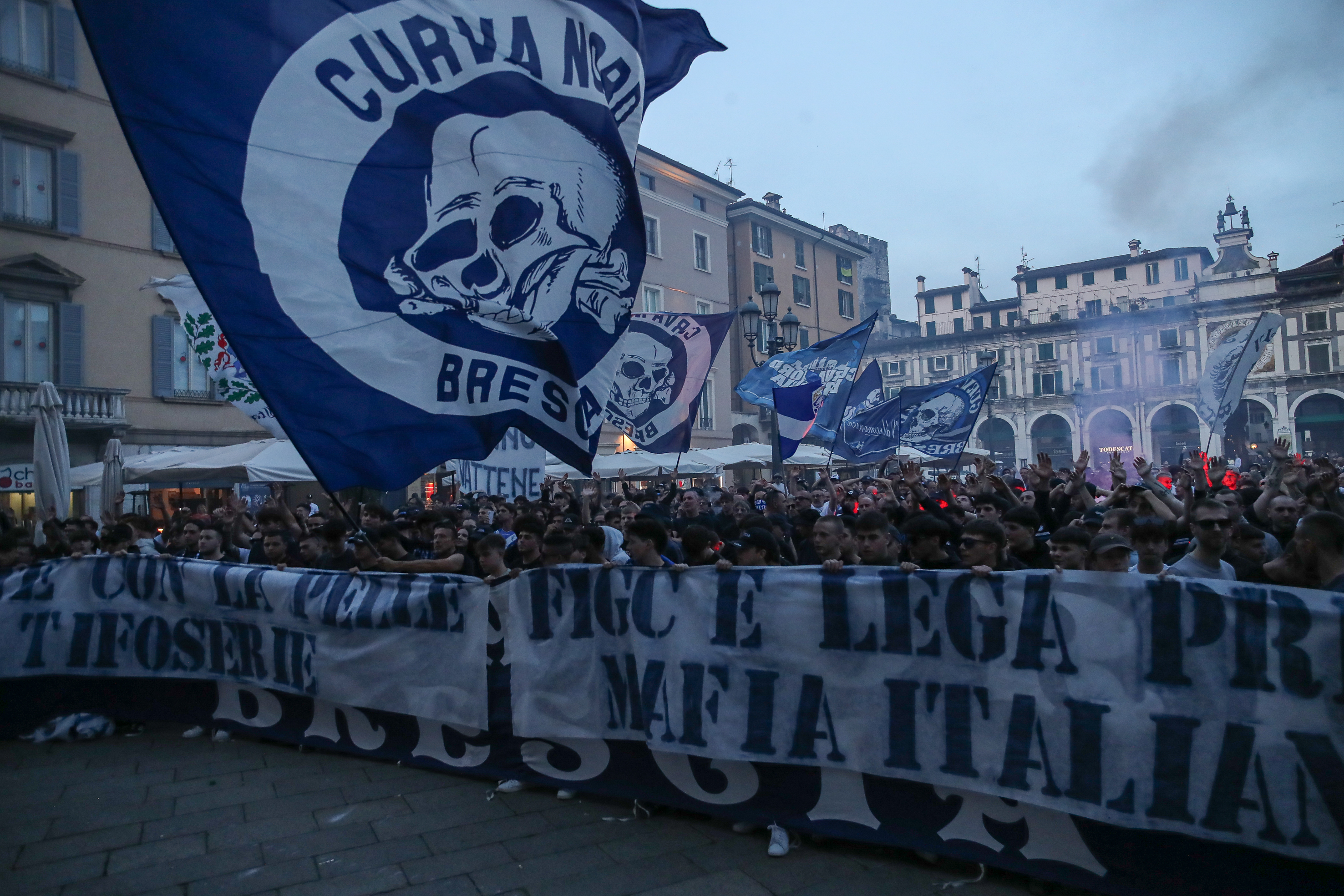
Cellino took over two years later and in hindsight his opening gambit proved worryingly prescient.
“Brescia? It’s a club that has always been in my heart,” he told Gazzetta dello Sport in 2017. “It [the takeover] is madness, possibly, but I’m doing it with great conviction.
“The fans are friendly, although perhaps a little on the thin side, but if we do things right, with the results, there’ll be more of them.
“And the more of us there are, the more fun we’ll have. It doesn’t take too long to rebuild a club.”
But in eight seasons under Cellino, Brescia won promotion just once, returning to Serie A as league winners in 2019, only to be relegated back to Serie B the following season. Old habits, it would appear, die hard.
A quick return to calcio’s upper tier very nearly followed. They were knocked out in the first round of the play-offs by Cittadella in 2021 and by Monza in the semi-finals a year later.
What seemed a steady progression towards Serie A turned into a rapid descent to Serie C instead, relegated the following season after losing the play-off to Cosenza.
Again, Brescia were rescued by the courts as Reggina were deducted points because of financial irregularities and went down instead.
Then the tables turned this season, with Serie B status secured on the final day of the campaign, before Covisoc’s intervention.
And now, the oblivion.
Napoli, Torino, Fiorentina, Parma, Bari, Catania and Palermo have all been down this road before. All of them have come back to live another day.
Whether Brescia will follow, remains to be seen.
Related Articles
Related Articles
We get a local take on what's hot in Cremona - where to eat and drink, sights to see and handy hints that might not be in the tourist guides.
The Artemio Franchi will always be the main reason calcio fans head to Florence but there is one other thing that must be on the to-do list.
After the final whistle is blown at Stadio Giuseppe Sinigaglia, there is no better place to unwind than Bellagio.


